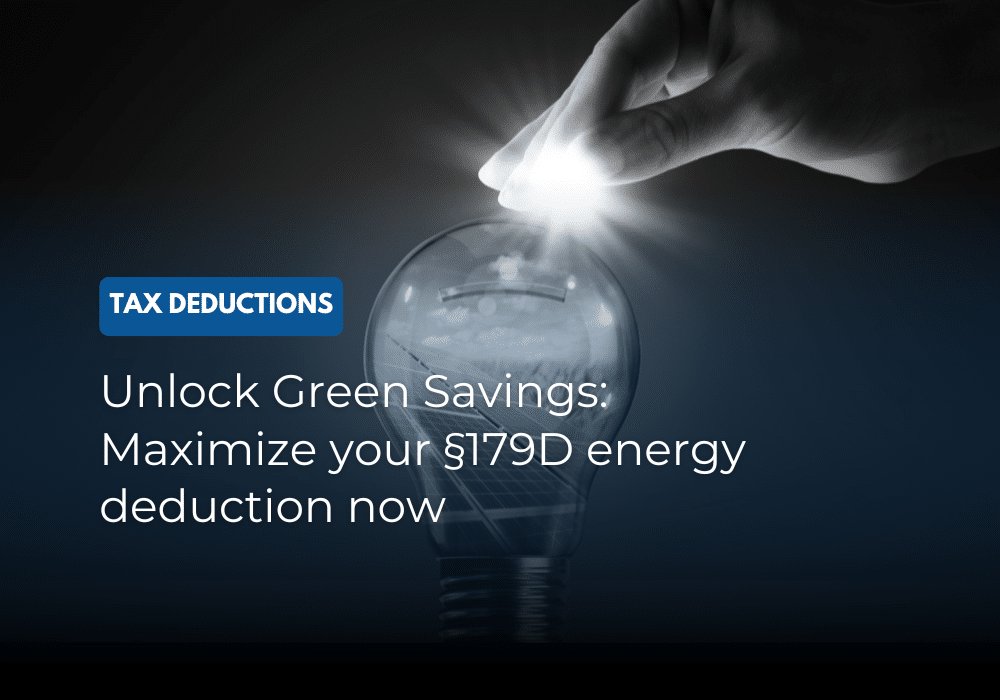It is NOT too late to take advantage of the Section 45L tax credit, also known as the energy-efficient home tax credit.
This potentially lucrative tax credit has been available since 2005. The availability of the credit was originally set to expire in 2020. Fortunately, federal legislation put through in late 2020 extended the availability through the end of 2021.
So, while it’s not too late to claim your energy efficient dwelling tax credit, you only have a limited time to do so. This means you need to get started now to obtain the Section 45L certification you need.
Understanding the Section 45L Tax Code
The overarching purpose of Section 45L is to make it financially advantageous to develop dwellings that are energy efficient. To leverage this incentive, properties must either be occupied by the property owner or lease or rented by the owner/developer.
The incentive, which is up to $2,000 per dwelling unit, typically makes the best sense if you have multiple units. This incentive is a tax credit (as opposed to a tax deduction) that you can use directly to offset your current tax liabilities. You must take the credit within the tax year that your built or renovated the unit. However, if you discover that you have any qualifying properties that were sold or rented within the past three years, you might be able to take the credit if you still have that tax year open.
Do Your Properties Qualify for the Section 45L Tax Credit?
To qualify as an energy-efficient property, dwelling units must meet certain criteria.
Dwelling units consist of single family homes, duplexes, 3- and 4-plexes, condos, townhomes and apartment units. However, student and senior housing units can also qualify for this program if the building is 3-stories or less in height.
The property must have been built between the years 2005 and 2021. Older properties can also qualify for credit. However, for any property constructed before 2005 to qualify, that property must have been significantly retrofitted or renovated specifically to make it more energy efficient.
To meet the energy efficiency certification requirements, the property must comply with the guidelines of Chapter 4 of the 2006 International Energy Conservation Code. To obtain certification, you must be able to demonstrate that, when compared to similar properties, your dwelling units must use 50% or less energy for heating and cooling.
Finally, you can only apply for the tax credit if you built or renovated the property and you either use, lease or sell the property to an end residential user.
How to Get a Section 45L Energy Efficiency Certification
To claim the Section 45L incentive, you must apply using IRS form 8908. Along with the form, you must provide a qualifying energy efficiency certification. This certification must be backed up with a detailed analysis of the energy-efficient aspects of the property.
Getting this certification requires the services of a licensed third-party consultant. The consultation must be both qualified under federal standards and fully independent of you and any business entities.
Many CPA firms offer energy analysis and certification. However, the IRS requires that the certification provider has demonstrated engineering and construction knowledge and qualifications. They must also use the specified IRS-sanctioned software to prepare the analysis upon which certification is based.
The certification provider begins by visiting the property and conducting a detailed inspection. The provider must verify that the property was built or renovated in accordance with applicable standards as noted in the IRS Section 45L certification requirements. The certifier must provide a list that delineates the following:
- The unit’s energy-efficient building envelope components and their respective energy performance ratings as required by § 401.3 of the 2004 IECC Supplement
- The energy-efficient heating and cooling equipment installed in the dwelling unit and the energy efficiency performance of such equipment as rated under applicable Department of Energy Appliance Standards test procedures
- Identification of the listed software program used to calculate energy consumption
- A declaration, applicable to the certification and any accompanying documents, signed by a person currently authorized to bind the eligible certifier in these matters
The cost of certification varies per project. It is important for you to determine whether seeking this certification makes sense for you before investing the time and money necessary to qualify.
To help you in this quest, Cost Segregation Authority provides a no-cost, no-obligation property analysis. This benefits analysis can give you a better understanding of certification requirements and how much you could qualify for in tax credits.
Contact us today to learn more about how we can assist you in applying for your tax credit with a Section 45L energy efficiency certificate report.

















